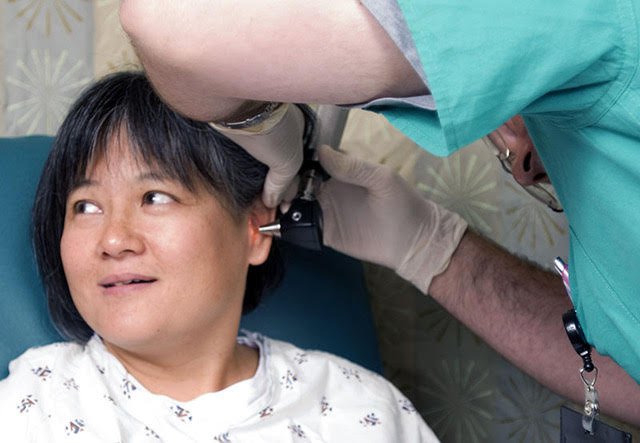The Ways to Restore Hearing Loss

Hearing loss is a frustrating and debilitating health condition that plagues millions of Americans. However, did you know that some hearing deficits can be temporary? It’s true. While hearing loss can be permanent (and mostly is), there is a chance that your hearing loss could be a result of another condition and might be able to be reversed. This usually occurs when there is damage or an obstruction to the middle or outer ear, and it’s preventing sounds from reaching the inner ear.
While there is no cure for permanent hearing loss (aka sensorineural hearing loss), depending on the cause, conductive hearing loss may be continuous or it could be a temporary condition. While the short answer to the question “can I restore my hearing” is usually “not really,” there is a chance that your hearing loss may be a temporary condition. To learn more, check out some of the common causes of temporary hearing loss. Who knows, you might be able to turn back up the volume.
Earwax – While we all have earwax, it’s a standard bodily process designed to help protect our ears, sometimes the wax can become impacted in the ear canal. Impacted earwax will prevent sound waves from reaching the inner ear, resulting in diminished hearing in one or both ears.
How to fix? If you suspect you have impacted earwax, do NOT attempt to remove it yourself. By doing so, you can make the problem worse. Instead, see a doctor to flush out and remove the impacted earwax safely.
Ear Infections – Having an ear infection can temporarily cause hearing loss. This is due to fluid buildup, which is common when you are fighting off an infection, but this fluid often puts pressure on the vital structures of the ear.
How to fix? If you suspect you have an ear infection, go to a doctor immediately. The typical treatment method for ear infections is a course of antibiotics. However, make sure you finish the prescribed medication entirely. You should never stop taking the medication prematurely just because you feel better.
Blocked Sinuses – Sinus infections, the common cold, and even allergies can all create sinus blockage, and having blocked sinuses can create temporary hearing loss. This happens because the Eustachian tube swells up, closing the connection between the middle ear and the throat.
How to fix? If you have blocked sinuses from being sick, this will typically clear up on its own with rest and by taking care of yourself. However, if your condition lasts more than ten days, or is persistent, be sure to see a doctor. You may have an undiagnosed allergy, so make sure you get an allergy evaluation.
Also, conductive hearing loss can possibly be corrected with medical treatments, such as a surgical procedure. While this isn’t always the case for every individual, some procedures can help restore hearing for people with conductive hearing loss. The most common ear procedures for conductive hearing loss include:
Cochlear Implants : This invasive and costly surgery isn’t done often, and is reserved for only a select few. Designed for children and adults who have little to no residual hearing, cochlear implants allow for electrical impulses to be sent to the hearing nerves so that it can be translated as sound by the brain.
Ear Tubes : This frequently performed procedure is done right in your otolaryngologist’s office, so it’s hardly a surgery. However, these handy PE tubes help alleviate pressure buildup when there is an ear infection, or when the Eustachian tubes are not working properly. Ear tubes are more prevalent in children since their ears are not yet fully developed.
Stapedectomy : A surgery only reserved for those with conductive hearing loss, this procedure replaces the stapes bone with a prosthesis. The stapes bone is the innermost bone of the middle ear, and sometimes extra bone material can form around the footplate of the stapes due to a condition that is known as otosclerosis. When the bones of the middle ear become immobile, they are no longer effective to transmit sound to the inner ear successfully.
